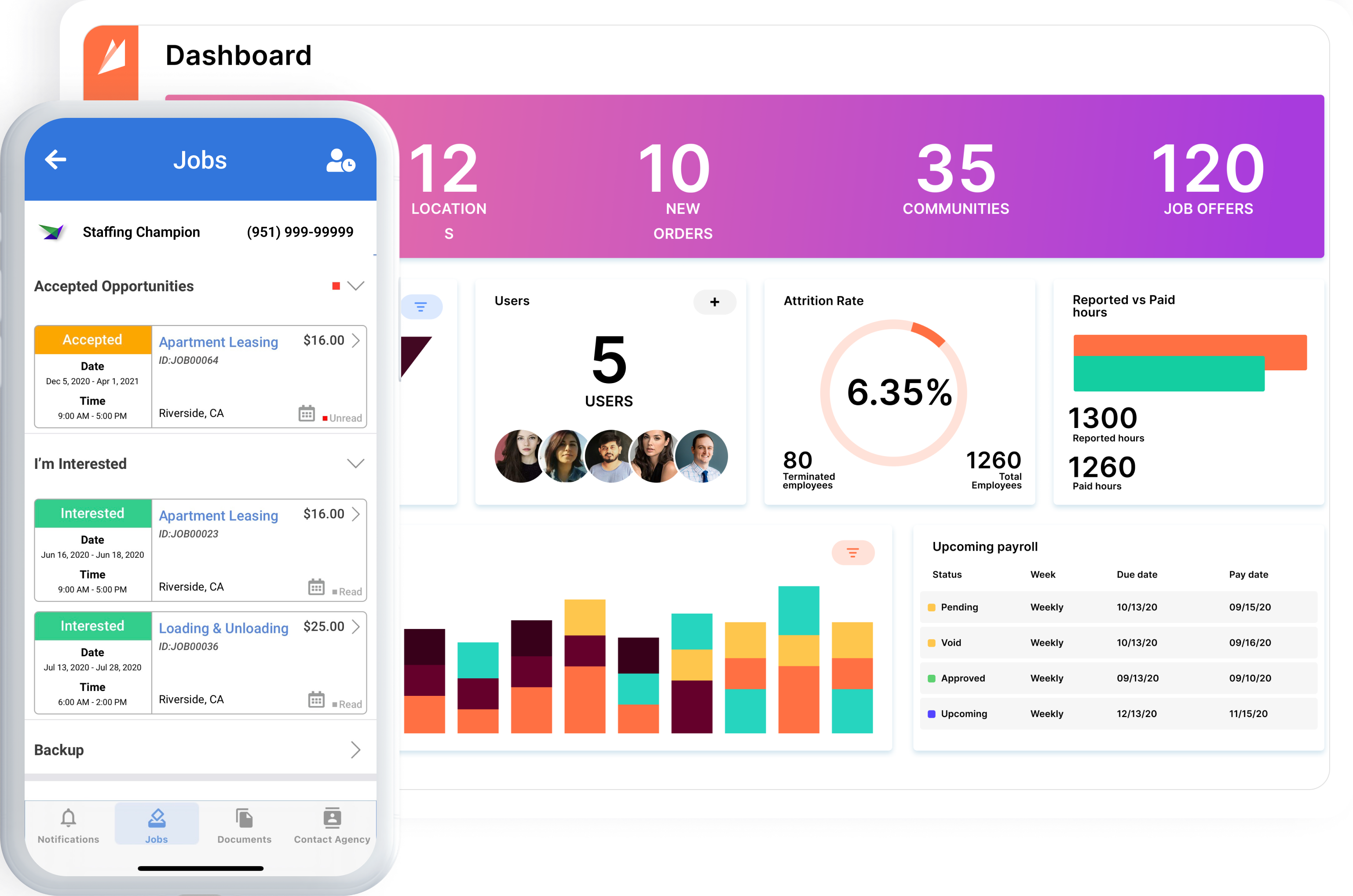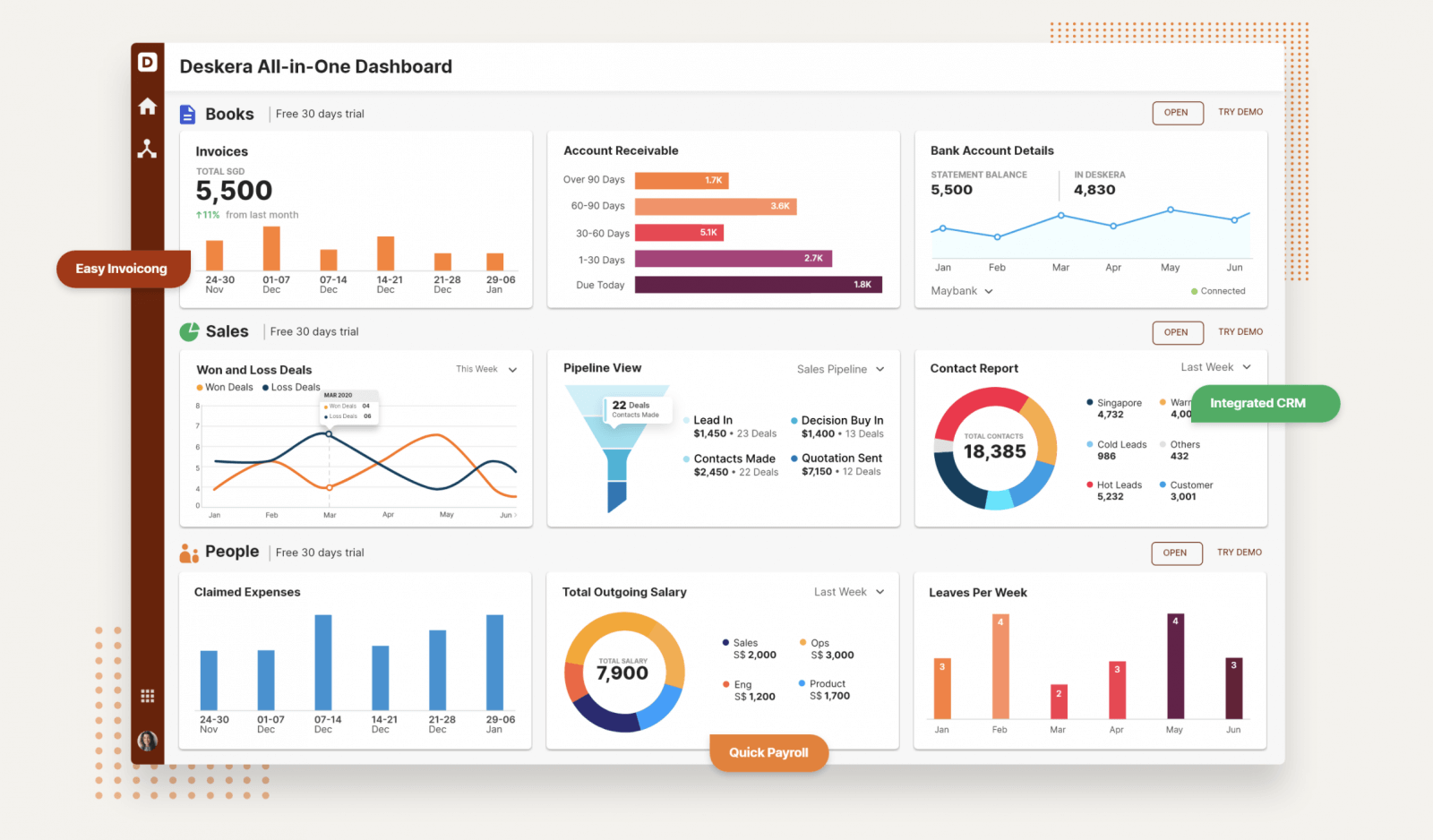Letting Loose the Power of Information: Enhancing Human Resources Approaches With Cutting-Edge Staffing Monitoring Software Program
By harnessing the power of information analytics, companies can not just improve their employment methods but also maximize worker retention and efficiency. The harmony in between data-driven understandings and progressed innovation offers a compelling opportunity for HR specialists to reinvent their method towards ability administration.
Importance of Data-Driven HR Strategies
Data-driven Human resources strategies allow business to enhance their labor force monitoring, employment processes, and worker interaction campaigns. By assessing information related to staff member performance, turn over prices, and ability voids, Human resources departments can recognize patterns, anticipate future demands, and develop proactive solutions to deal with difficulties.
Data-driven HR techniques likewise play a critical duty in boosting staff member satisfaction and retention. Through the evaluation of staff member responses, efficiency evaluations, and training results, HR professionals can tailor specific growth strategies, acknowledge high-potential employees, and foster a society of continual discovering and growth within the organization. Furthermore, data-driven understandings make it possible for HR groups to straighten their methods with the general business purposes, making certain that ability administration efforts straight add to organizational success.
Advantages of Staffing Monitoring Software Application
Utilizing staffing administration software simplifies the recruitment and onboarding procedures for HR divisions, improving performance and accuracy in talent purchase. One significant benefit of this software is the capability to centralize candidate data, making it quickly accessible for employment teams. By having all candidate information in one location, human resources experts can efficiently track prospect progress, interact properly with potential hires, and make sure a seamless recruitment experience.
In addition, staffing management software application commonly consists of functions such as return to analyzing and keyword matching, which aid in quickly recognizing leading candidates that match the task needs. This automation reduces the time invested on hand-operated resume screening, enabling human resources team to focus on more calculated jobs. staffing management software. In addition, these systems can integrate with job boards and social networks systems, increasing the reach of job postings and attracting a diverse pool of candidates
Moreover, analytics and reporting devices within staffing monitoring software provide important insights into recruitment metrics, such as time-to-fill and cost-per-hire. This data-driven method allows HR teams to make educated decisions, enhance recruitment techniques, and enhance general employing processes. By leveraging these advantages, organizations can improve their talent acquisition efforts, boost prospect experience, and inevitably construct a solid workforce.
Enhancing Recruitment Processes With Information
By leveraging data, firms can make more informed choices throughout the recruitment lifecycle, inevitably leading to far better hires and boosted retention rates. One key means data boosts recruitment procedures is by optimizing work postings based on understandings from past effective hires.
Moreover, information analytics can streamline the testing and selection procedure by recognizing patterns in candidate credentials and performance my blog indications. This enables employers to concentrate their efforts on prospects that are probably to do well in the role, conserving time and sources. Additionally, data-driven employment approaches can help in reducing bias in the employing procedure by providing objective understandings right into candidate certifications and possible fit within the organization. In general, incorporating information into recruitment processes equips companies to make smarter hiring decisions and develop high-performing groups.
Improving Worker Retention With Modern Technology

One method innovation can improve worker retention is with making use of worker engagement systems. These systems permit real-time comments, recognition, and communication between employees and monitoring, cultivating a society of recognition and support. Additionally, technology can make it possible for tailored discovering and advancement programs tailored to specific staff member requirements and profession aspirations, raising work fulfillment and loyalty.
Moreover, information analytics tools can aid companies identify patterns and fads connected to staff member turnover, allowing them to take positive measures to resolve prospective concerns before they rise. Generally, by leveraging technology successfully, organizations can produce a more encouraging and appealing workplace that motivates employees to grow and remain within the business.
Taking Full Advantage Of Labor Force Productivity With Information

Through the analysis of data, HR divisions can recognize patterns and fads that impact productivity levels. For instance, by tracking worker job hours and task conclusion prices, companies can optimize work schedules to guarantee that tasks are efficiently distributed among employee. Additionally, information can disclose ability voids within the labor force, enabling HR to carry out targeted training programs that improve worker capabilities and overall productivity.
Furthermore, data-driven efficiency analyses make it possible for supervisors to supply particular comments and support to staff members, cultivating a society of constant improvement. Overall, leveraging information to maximize labor force efficiency is a tactical method that empowers companies to accomplish their goals properly and effectively.
Final Thought
Finally, making use of innovative staffing administration software can dramatically improve HR approaches by leveraging the power of data. By incorporating data-driven employment processes, boosting employee retention via innovation, and taking full advantage of labor force efficiency, companies can enhance their operations, make even more informed decisions, and his explanation inevitably attain greater success in handling their human capital. Welcoming these technological advancements is essential in the ever-evolving landscape of human resource monitoring.
Data-driven HR methods enable companies to enhance their labor force management, recruitment procedures, and staff member interaction campaigns. By analyzing data associated to employee efficiency, turn over rates, and skill spaces, HR divisions can recognize fads, predict future needs, and establish positive options to resolve challenges.